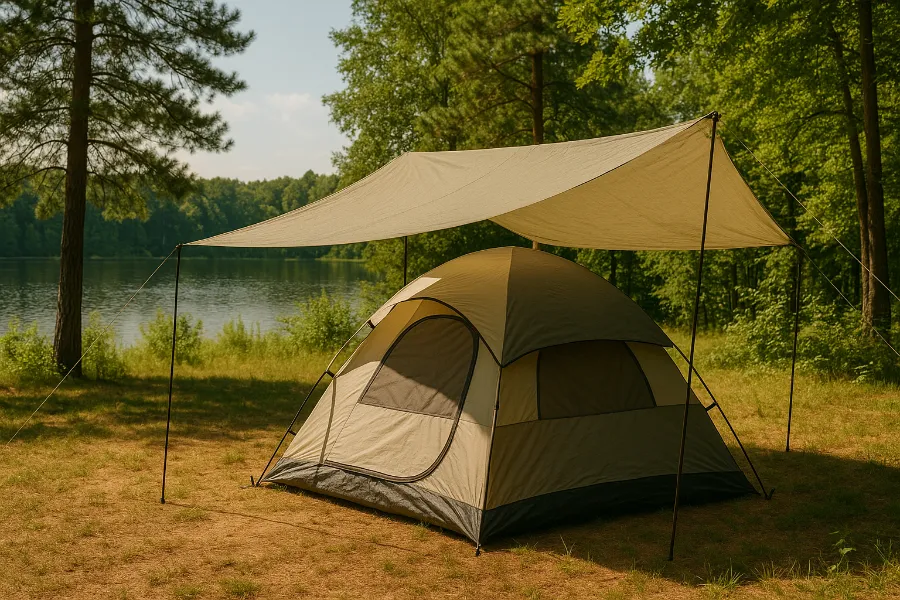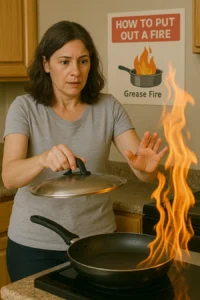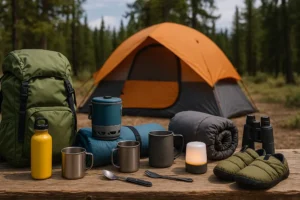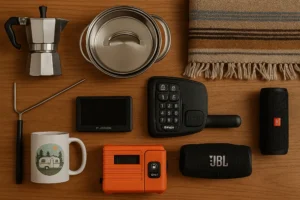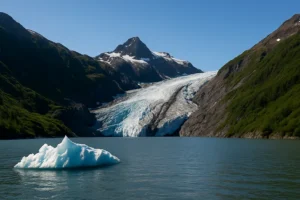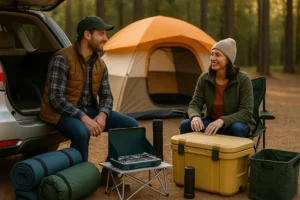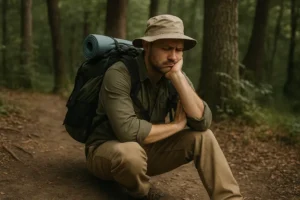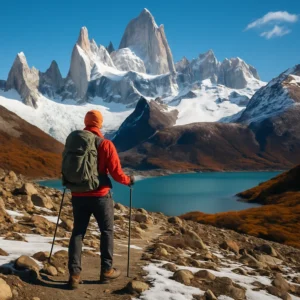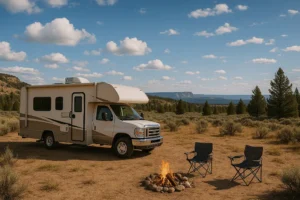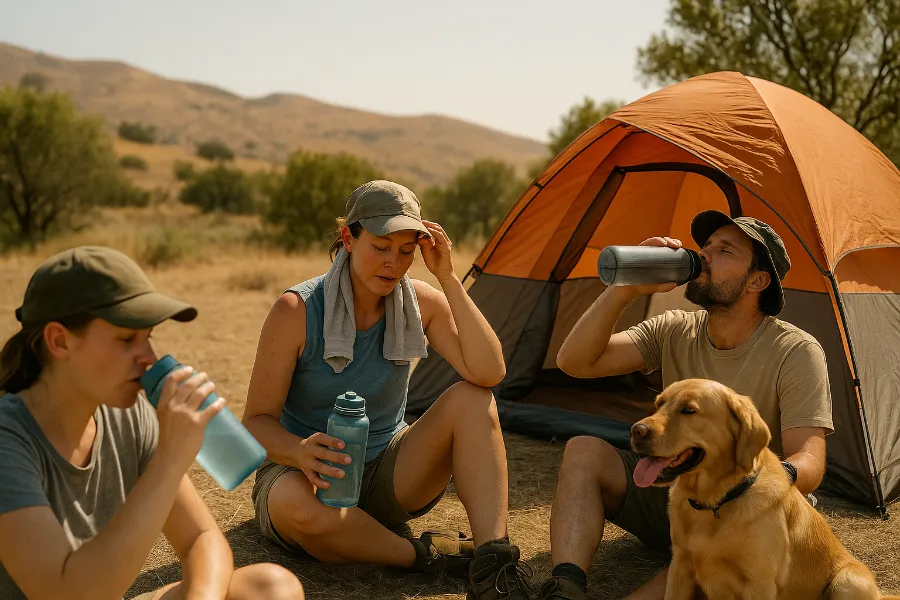
Summer camping has its charm—long days, endless skies, and the thrill of living outdoors. But let’s be honest: nothing ruins the experience faster than stepping into your tent only to feel like you’ve entered a sauna. If you’ve ever woken up drenched in sweat after a restless night, you know exactly what I mean. The good news? You don’t have to suffer. With a few smart strategies, you can master how to keep a tent cool in the summer and make your camping trip not only bearable but downright enjoyable.
Why Do Tents Get Hot in Summer?
Before jumping into solutions, it helps to understand the problem. Tents heat up for several reasons:
- The greenhouse effect. Sunlight penetrates the tent fabric and gets trapped inside, raising the temperature quickly.
- Material choice. Dark-colored or synthetic fabrics absorb and retain more heat than lighter, breathable materials like cotton canvas.
- Poor airflow. Zipped-up doors and rainflies reduce ventilation, turning your tent into a sealed oven.
- Heat from the ground. Soil, asphalt, or even sand retains warmth throughout the day and radiates it back up at night.
Knowing these factors makes it much easier to tackle them head-on.
The Benefits of Keeping Your Tent Cool
Keeping your tent cool isn’t just about comfort—it’s about safety and practicality too.
- Better sleep quality. A cool tent helps you fall asleep faster and stay asleep longer.
- Heat protection. Staying cool reduces the risk of heat exhaustion and heatstroke.
- Comfortable living space. A cooler tent means you can relax, read, or play games without feeling suffocated.
- Longer tent lifespan. Excessive heat can damage tent materials over time.
- Food preservation. A cooler tent helps keep snacks and drinks from spoiling.
- Mold prevention. Heat and humidity encourage mold growth—keeping the tent cool keeps the air drier.
In short, learning how to keep a tent cool in the summer makes every part of your trip better.
How to Keep a Tent Cool in the Summer
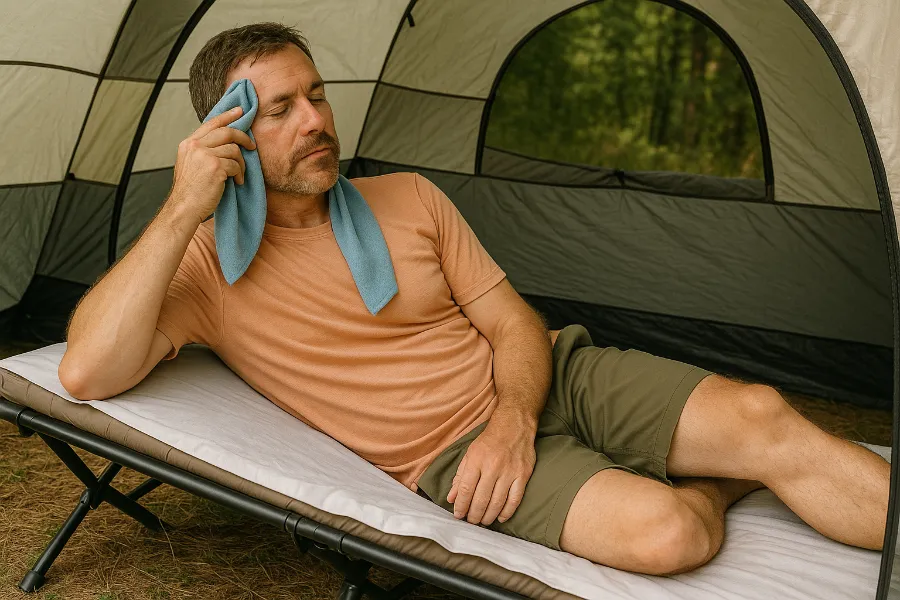
Choose the Right Location
Your campsite choice is your first line of defense.
- Seek natural shade. Pitch your tent under trees or beside large rocks to block direct sunlight.
- Stay near water. Lakes, rivers, or streams can create natural cooling breezes. Just don’t pitch too close—morning condensation and bugs can be a problem.
- Catch the wind. Face your tent door into prevailing breezes for maximum airflow.
A shady, breezy spot can lower your tent’s internal temperature by several degrees.
Maximize Ventilation
Airflow is everything.
- Keep windows, doors, and mesh panels open whenever possible.
- Remove the rainfly if rain isn’t in the forecast. This prevents trapped heat.
- Create a chimney effect: open vents low and high so hot air escapes upward and cool air flows in below.
The goal is to keep air moving constantly.
Use Shade Solutions
If nature doesn’t provide enough shade, bring your own.
- Reflective tarps. Hang a reflective tarp above your tent, leaving a gap for airflow. This bounces sunlight away before it hits the tent fabric.
- Canopies. Portable canopies or sunshades are simple and effective for creating extra shelter.
- DIY shades. Even an emergency blanket strung between trees can make a big difference.
Think of this as putting sunglasses on your tent.
Smart Tent Setup
The tent itself can make or break your comfort.
- Go light. A white or light-colored tent reflects heat better than a dark one.
- Choose breathable fabrics. Canvas tents are naturally cooler than synthetics, though they are heavier.
- Bigger is better. Larger tents trap less concentrated heat and allow better airflow.
If you camp often in summer, investing in a heat-friendly tent pays off.
Practical Cooling Tricks
Sometimes the simplest tricks work wonders.
- Wet towel air conditioner. Hang a damp towel at the entrance. As air passes through, it cools.
- Battery or solar fans. Compact, lightweight, and effective for circulating air.
- Portable misting systems. If you’re car camping, these can bring temperatures down dramatically.
Little hacks like these can turn a stifling tent into a comfortable space.
Adjust Your Camping Schedule
Timing matters more than you think.
- Avoid midday heat. Plan hikes or swims between 12–4 PM rather than sitting in the tent.
- Set up at dusk. Arriving and pitching your tent in cooler hours prevents it from heating up during the day.
- Take it down in the day. If it’s blistering hot, collapse your tent until evening to avoid heat buildup.
You’ll return to a much cooler shelter.
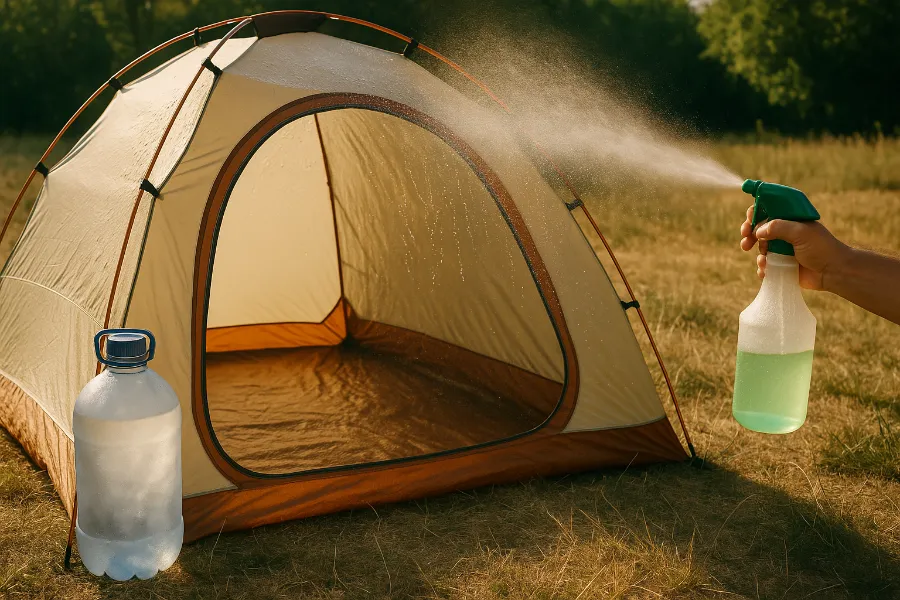
Clothing and Sleep Setup
Your gear choices directly affect your comfort.
- Wear breathable fabrics. Moisture-wicking clothes (like merino wool or synthetics) help keep you cool.
- Ditch the heavy sleeping bag. Opt for a lightweight summer bag or just a sheet.
- Elevate your body. Sleeping on a cot allows air to flow underneath, reducing heat retention.
- Use cooling towels. A damp cloth on your neck, wrists, or forehead works like a personal air conditioner.
Comfortable clothing and bedding make a world of difference.
Advanced Cooling Options
When regular tricks aren’t enough, go a step further.
- Frozen water bottles or ice jugs. Place them in the tent to release cool air as they melt.
- Evaporation cooling. Lightly spray your tent with water during the hottest hours. As it evaporates, it draws heat away.
- Cross-breeze fans. Use two fans—one pulling hot air out and one pushing cool air in.
These are particularly useful in extreme heat conditions.
Safety Tips for Camping in Hot Weather
Camping in the heat isn’t just about comfort—it’s about staying safe.
- Stay hydrated. Drink water regularly, even if you’re not thirsty. Add electrolytes if you’re sweating heavily.
- Know the signs. Watch for symptoms of heat exhaustion: dizziness, nausea, headache, or heavy sweating. If these escalate to confusion or lack of sweat, it could be heatstroke—a medical emergency.
- Keep pets safe. Dogs especially struggle in hot tents. Make sure they have shade, cool water, and a place to escape the heat.
Your health should always come before the adventure.
Conclusion
Mastering how to keep a tent cool in the summer doesn’t take complicated gear—it takes preparation, smart campsite choices, and a few tried-and-true tricks. Whether it’s pitching in the shade, hanging a reflective tarp, or simply swapping out heavy bedding for something lighter, these steps make a huge difference.
The best part? Once you get the hang of it, you’ll be free to enjoy the best parts of summer camping: starlit nights, early sunrises, and memories made in comfort—not in sweat.

